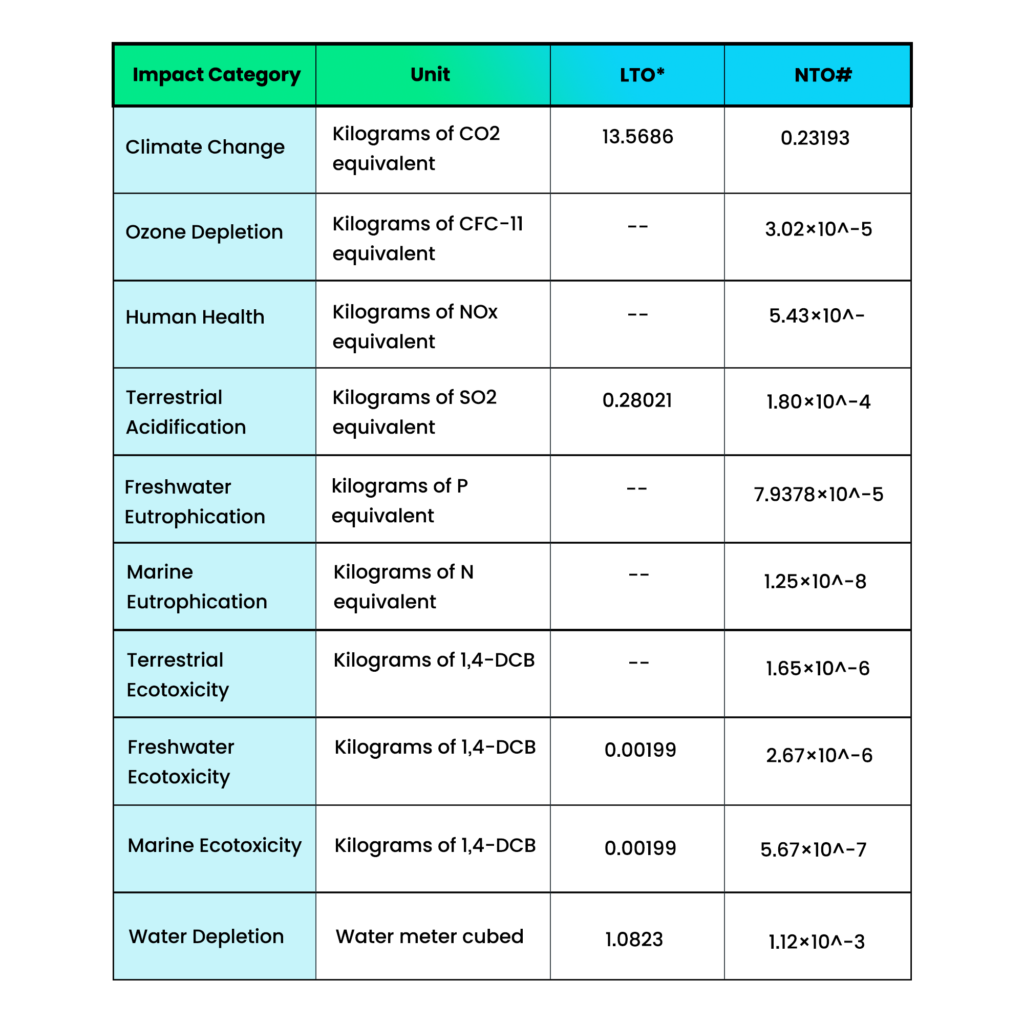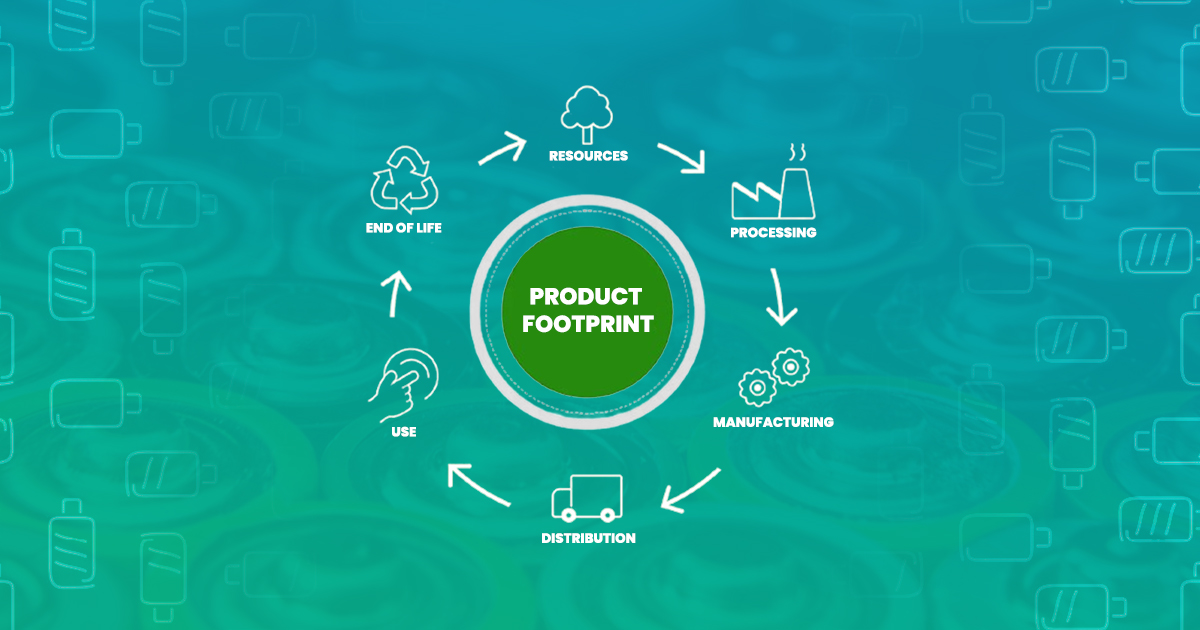In the ever-evolving landscape of energy storage, while renewable energy & electric vehicles experience unprecedented growth, Lithium-ion batteries (LIBs) have long been the champion. Simultaneously, the demand for lithium, primarily for batteries, is skyrocketing, projected to hit 95% by 2030. This underscores the urgency of transitioning to cleaner energy sources and raises concerns about the environmental impacts of increased lithium mining. Almost 60 percent of today’s lithium is mined for battery-related applications, amplifying these concerns. The shift towards Sodium-ion batteries(NIBs) becomes vital, offering a promising alternative to lithium, thereby fostering a more sustainable energy future. At the core of these metal ion battery technologies are electrode materials such as lithium and sodium, each making an environmental impact throughout its life cycle.
Conducting a thorough Life Cycle Analysis (LCA) provides invaluable insights into the environmental impacts associated with these materials, from inception to disposal. Utilising the ReCiPe2016 Midpoint method and Sima Pro 9.3.1 software with the Ecoinvent database, the team of researchers and scientists at IIT Kharagpur meticulously assessed the environmental profiles of Lithium based cathode and Sodium based cathode. They conducted the assessment in accordance with international standards (ISO 14040 and ISO 14044).
Various impact parameters were scrutinised, ranging from climate change and resource scarcity to ecotoxicity and human health. A comprehensive comparison of Sodium based cathode and Lithium based cathode across these parameters reveals compelling differences, shedding light on their respective environmental performances.

*All the data for LTO is taken from Barik et al.(DOI: 10.1016/j.mineng.2023.108289)
#All the data for NTO is taken from Chandra et al.(DOI: 10.1021/acs.energyfuels.3c00198)
The carbon footprint assessment stands out as a poignant indicator of environmental impact. With 56% less carbon footprint, Sodium based cathode emerges as the top choice, emitting only 0.23 kilograms of CO2 equivalent. In contrast, Lithium based cathode emits significantly more, totaling 13.6 kilograms of CO2 equivalent. This stark contrast underscores the crucial role of Sodium based energy storage technologies in mitigating climate change and fostering sustainability.
Moreover, Sodium based cathode showcases favourable performance across various impact categories, including stratospheric ozone depletion, terrestrial acidification, and water depletion. Its minimal environmental impact positions it as an attractive candidate for batteries, offering a pathway towards greener energy storage solutions.
The implications of these findings extend beyond individual battery technologies. By opting for Na-Ion batteries , industries and consumers can contribute to reducing greenhouse gas emissions and minimising environmental degradation. Furthermore, Sodium Ion batteries present additional advantages such as lower cost and abundance of sodium resources, further solidifying their appeal in the pursuit of sustainability.
In conclusion, as we confront climate change and resource limitations, embracing sustainable technologies like Sodium Ion technology is essential for a resilient, eco-conscious world. Uneverse believes that change begins from within. We’re pioneering Sodium Ion cell technology for advanced energy storage solutions. Will you join us?
Co-authors:
Surbhi Priya | Lalit Bharti

